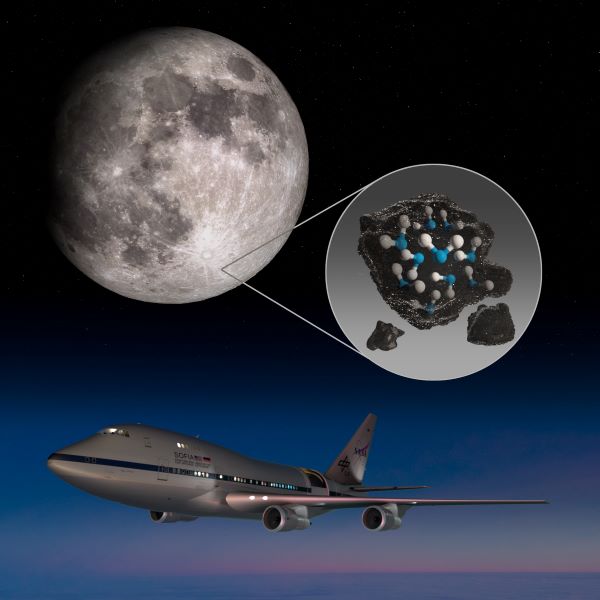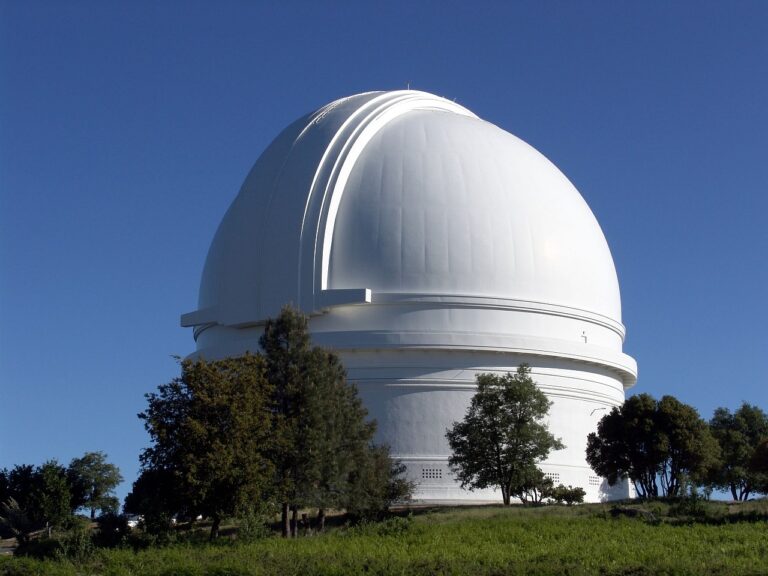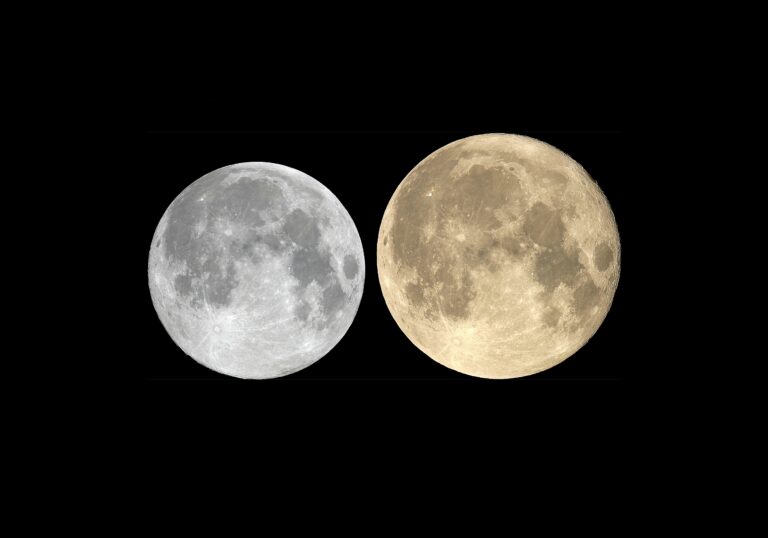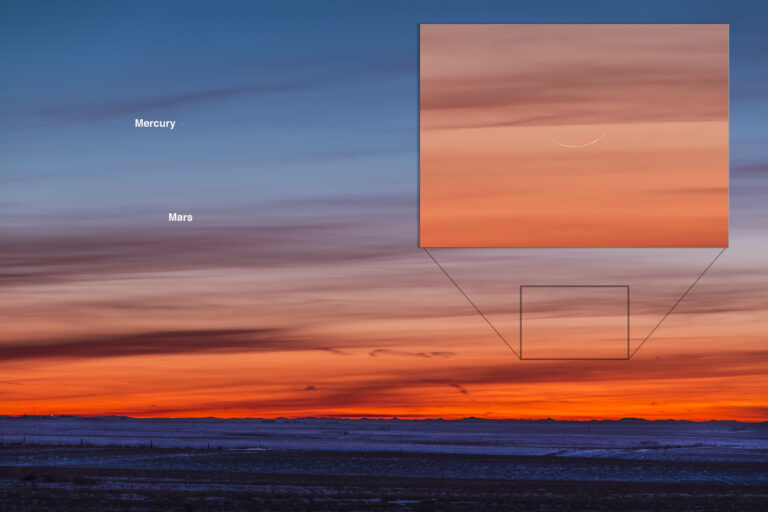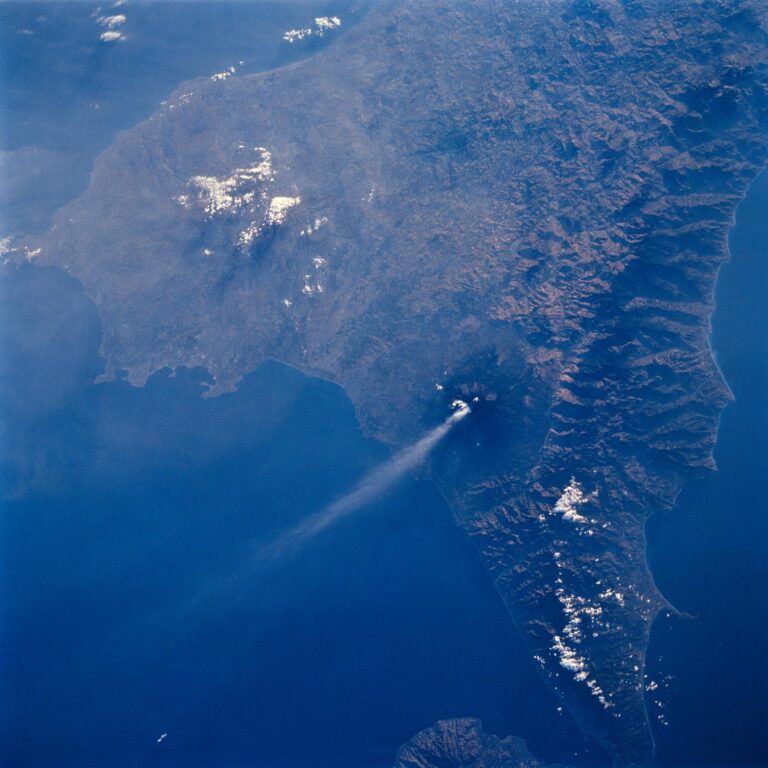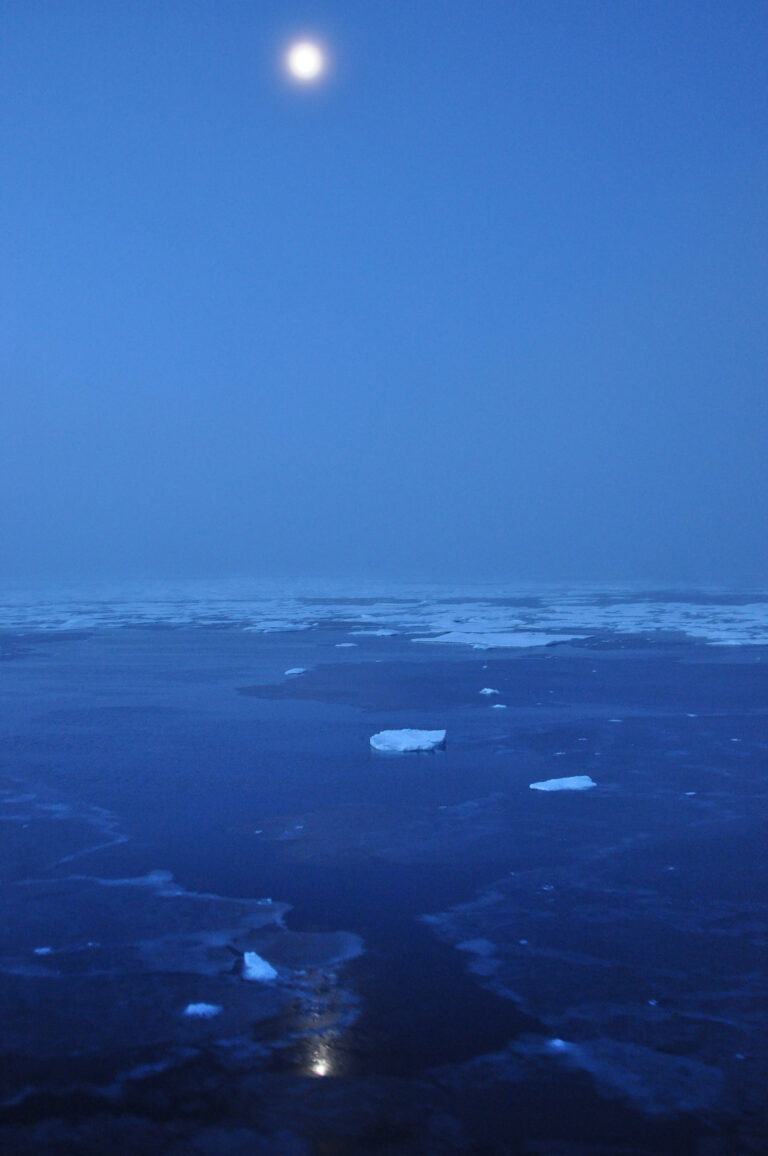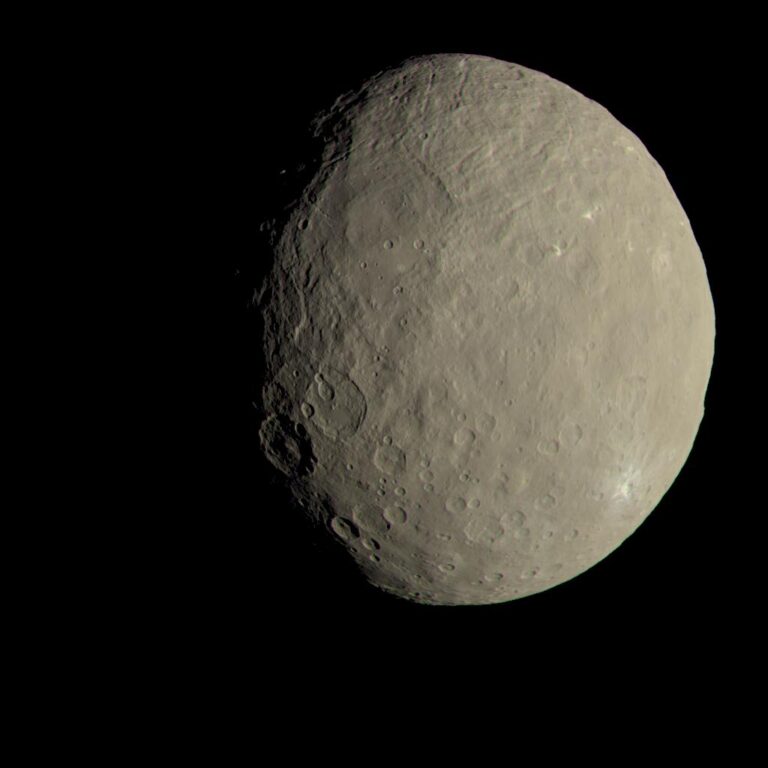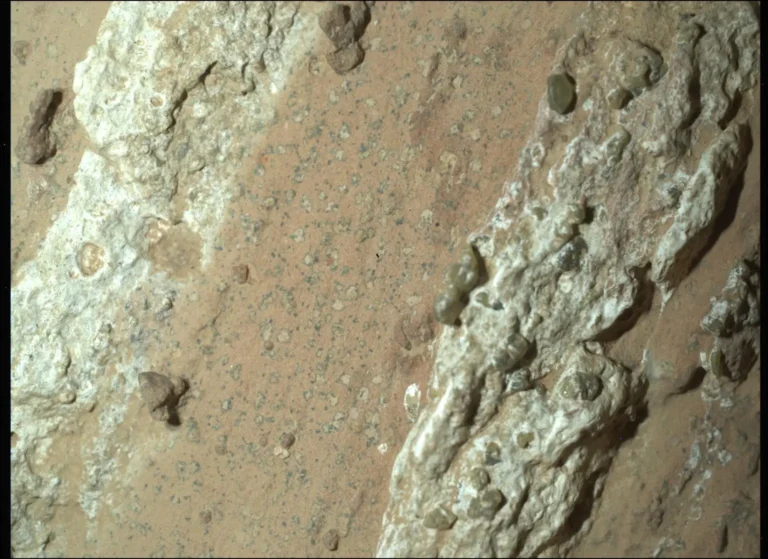Key Takeaways:
“Without a thick atmosphere, water on the sunlit lunar surface should just be lost to space,” Casey Honniball, the study’s lead author, said in a NASA press release. “Yet somehow we’re seeing it. Something is generating the water, and something must be trapping it there.”
The findings were published October 26 in Nature Astronomy.
Water, humanity, and the Moon
The key to how water could survive such a harsh lunar environment might be related to another harsh reality on the Moon: micrometeorites. These small pieces of space rock — only a few hundredths of an inch or so wide — rain down on the lunar surface, potentially forming beadlike glass structures upon impact.
It’s these structures that the researchers think could trap and protect water molecules from sunlight. Alternatively, the researchers say, the water molecules could be caught between grains of lunar soil that shields them from sunlight. And depending on what exactly is protecting the newfound water from the Sun, scientists think astronauts may eventually be able to mine it.
However, it’s important to note that the amount of surface uncovered is still rather small. NASA compares the amount to 100 times less than is found in the Sahara Desert. So, researchers aren’t quite sure what these findings mean for supporting a sustainable human presence on the Moon.
The new find marks the first time SOFIA — a modified Boeing 747 mounted with a 100-inch reflecting telescope — has looked at the Moon. Follow-up flights by the aircraft will search for additional water signatures within sunlit portions of the Moon. The results will then be used to inform future NASA lunar missions, including NASA’s Volatiles Investigating Polar Exploration Rover (VIPER).

